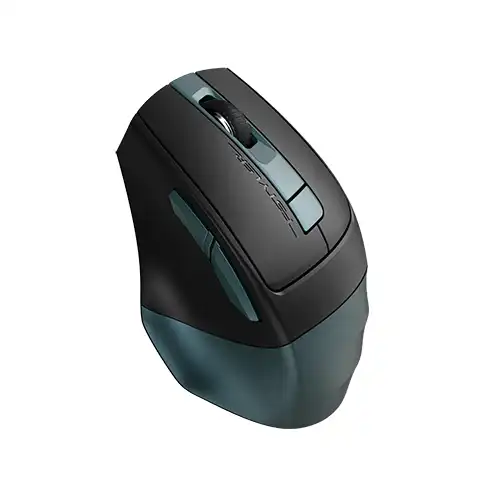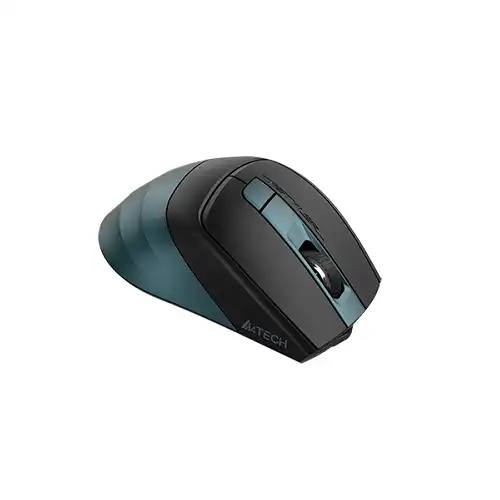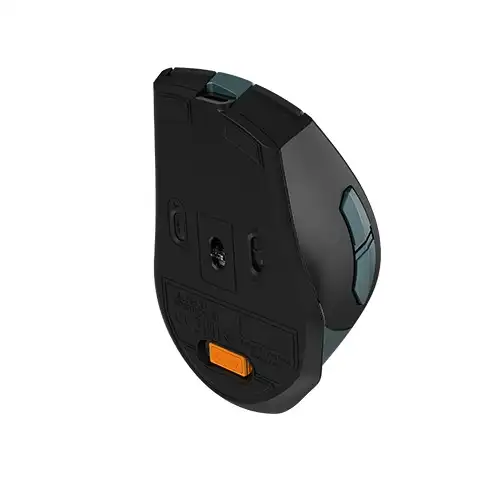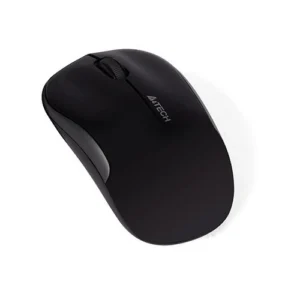Key Features and Specifications of a Gaming Mouse
When selecting a gaming mouse, several crucial features and specifications come into play, significantly influencing the overall gaming experience. One of the primary considerations is the connection type, which can include Bluetooth and 2.4G wireless options with a nano receiver. These connections offer freedom of movement, reducing the clutter of wires and providing convenience for gamers who prefer a cleaner setup. For optimal performance, a reliable wireless connection minimizes latency, ensuring that actions are executed promptly during intense gaming sessions.
Another essential specification to evaluate is the adjustable DPI (dots per inch) settings. A gaming mouse typically supports a range of DPI settings, such as 1200, 1600, and 2000. Higher DPI settings allow for faster cursor movement, which can be advantageous in fast-paced games. Conversely, lower DPI settings provide precision for tasks requiring finer control, such as sniping in first-person shooters. The ability to adjust DPI on-the-fly can greatly enhance a player’s performance, making it a vital feature for competitive gaming.
Additionally, polling rate emerges as a critical parameter that gamers should not overlook. A standard polling rate of 125 Hz means the mouse reports its position to the computer 125 times per second. Higher polling rates, such as 500 Hz or 1000 Hz, translate to potential improvements in responsiveness and tracking accuracy. This factor can be essential for professional gamers who demand the utmost from their equipment.
Furthermore, the gaming-specific features of a mouse, such as additional buttons, play a significant role in enhancing gameplay. A mouse with six functional buttons allows for customizable controls, enabling players to execute commands and macros swiftly. This customization leads to greater efficiency during gaming sessions, ultimately impacting performance. Understanding these key features and specifications aids in making an informed choice when selecting a gaming mouse that aligns with personal gaming preferences and style.
Physical Characteristics and Warranty Information
When selecting a gaming mouse, considering the physical characteristics is paramount for ensuring comfort and improved usability during long gaming sessions. One of the fundamental aspects to note is the dimensions of the mouse, with a standard size being approximately 105 x 70 x 42 mm. This measurement is crucial, as it influences how the mouse fits in the user’s hand. A mouse that is too large or too small can lead to discomfort over time, negatively affecting gaming performance. Additionally, the weight of the mouse, typically around 89 grams including the battery, plays a significant role. Heavier mice may provide a feeling of stability, whereas lighter models can facilitate rapid movements, which may be preferred in competitive gaming scenarios.
Color options also contribute to the overall aesthetic and personalization of the gaming experience. Many gaming mice are available in various colors and finishes, allowing users to choose one that aligns with their style or complements their gaming setup. The material and texture of the mouse surface may also vary, potentially affecting grip and handling, which are essential for achieving optimal accuracy during gameplay.
Another important consideration when investing in a gaming mouse is the warranty information. A one-year warranty is typical for most high-quality gaming mice and serves as a guarantee of the mouse’s durability and manufacturers’ confidence in their product. This warranty coverage means the user can receive support in case of defects or malfunctions, thus providing peace of mind with their purchase. Understanding the warranty details ensures that gamers can rely on their equipment while engaging in extensive gaming sessions without the fear of sudden failures.







